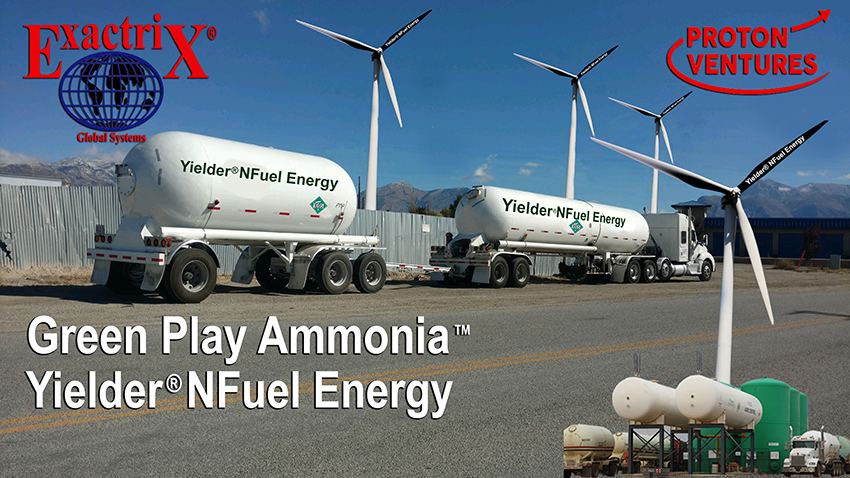
Ammonia
as Virtual Hydrogen Carrier
Grigorii Soloveichik,
Program Director
H2@Scale Workshop
November 16-17,
2016

Who am I?
Moscow
State University
MS (1972), PhD in Inorganic Chemistry (1976),
Doctor of Sciences in Chemistry
(1992)
Institute
of
Chemical
Problems of Chemical Physics
RAS
(Chernogolovka,
(1975
1993)
-
metal
hydrides, Ziegler-Natta
catalysis,
metallocene
chemistry, electrochemistry,
organometallic
hydrogenation catalysis, bimetallic complexes, C-H
bond activation
Visiting scholar
at
Indiana University,
Bloomington
(1991),
Boston College
(1993
1995)
Moltech
Corp.
(now Sion Power) (Tucson, AZ)
(1996
1998)
-
anode protection and electrolyte development for lithium metal/sulfur
battery
GE Global Research
(Niskayuna, NY)
(1998
2014)
-
created and shaped internal and external projects
-
direct
synthesis of
diphenylcarbonate
-
homogeneous and heterogeneous catalysis projects
-
electrosynthesis
of small organic molecules
-
hydrogen storage and production (water electrolysis)
-
CO2
capture
-
sodium/metal
chloride
battery, flow
batteries (ARPA-E
performer)
-
Director of Energy
Frontier Research Center for Innovative Energy
Storage
ARPA-E
(2015
-
Program Director focusing on electrochemical energy storage (secondary
and flow
batteries), generation (fuel cells), chemical processes (catalysis,
separation

Why I work at ARPA-E?
ARPA-E
is a unique agency
Creating new learning curves
-
failure acceptance

Program driven
-
no roadmaps
Innovative start-up
culture
-
combination of fresh blood and corporate memory
Close involvement in project planning and execution
-
cooperative agreement

Technology to market focus
-
techno-economical
analysis
-
minimum value prototype deliverable
-
technology transfer
Ammonia as
energy vector and hydrogen
carrier
Direct
agricultural application
Production
of nitrogen-based
fertilizers
Feedstock
for
chemical processes
Energy storage
Energy transportation
Direct fuel for
-
fuel cells
-
ICEs
-
turbines
Hydrogen carrier
Comparing ammonia with carbon-neutral
liquid fuels









Improving ammonia production
Advanced Haber-Bosch
process
Lower
pressure
synthesis (adsorptive enhancement)
Low temperature synthesis (catalyst development)
Ambient pressure synthesis (plasma enhancement)
Electrochemical synthesis
Solid state medium temperature cells
Low temperature PEM and AEM cells
Molten salt electrolytes




Green Play Ammonia, Yielderฎ NFuel Energy.
Spokane, Washington. 99212
www.exactrix.com
509 995 1879 cell, Pacific.
exactrix@exactrix.com
|



















